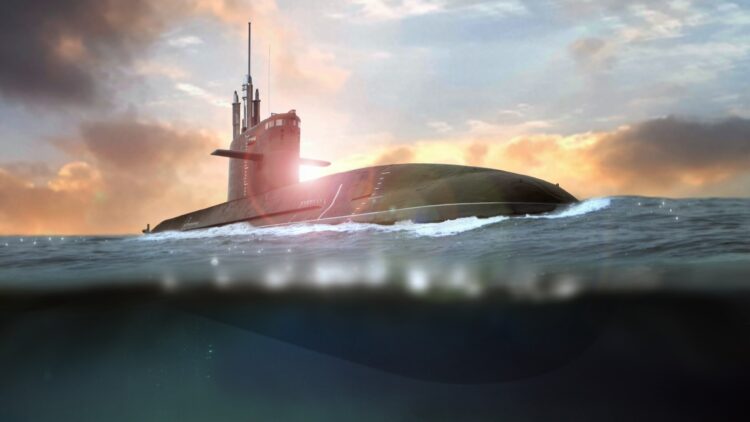Climate change has a lot of unintended consequences that no one could have predicted when we started the journey into disposable consumerism. The latest news to come out of the scientific community regarding the topic are as unexpected as they are terrifying, and that is that climate change is altering ocean acoustics, making sound travel farther in warmer, less dense, and chemically different seawater.
While this might sound like a funny anecdote, the shift in underwater sound propagation has wide-ranging implications for sonar technologies and submarine operations and that can endanger lives and national security.
Why the effects of climate change are so important for submarines
The study that revealed this information posits that over the coming decades, rising ocean temperatures and changing chemical compositions will lead to reduced transmission loss, allowing sound waves to travel much farther than they do today. For instance, by 2100, ultrasonic sonar transmissions at 30 kilohertz (often used for mine hunting) could travel between 40% and 87% further than today, while 10 kilohertz transmissions (commonly used for hydrographic mapping) might extend 15% to 25% farther.
While this effect will be oceanwide, it will be especially noticeable in colder polar regions, where variations will be more extreme compared to warmer coastal waters.
This change in sound propagation presents both challenges and opportunities for underwater operations as submarines, which rely on the ability to remain undetected, may find it harder to hide from enemies in the open ocean due to increased sonar range. However, coastal areas, which are expected to become much noisier due to vessel overcrowding , could provide better cover.
The research is solid, combining data from the UN Intergovernmental Panel on Climate Change’s representative concentration pathway 8.5 model with measurements from Argo ocean-monitoring robots. The results were then fed into a custom-built simulator that generates a digital twin of the ocean to model how underwater soundscapes will evolve.
Although the focus of most research papers seems to be on how this would affect military operations, the reality is that climate change and its effects on sonar extend well beyond the armed forces. All technologies that depend on sound, such as passive and active sonar, hydrophones, echo sounders, fish finders, and sub-seafloor profiling tools, will all be affected and these changes may impact commercial industries like fishing and underwater exploration, as well as scientific research involving marine life communication and ecosystem monitoring.
For submarines, thermal layers in the ocean will likely have greater density differentials compared to today, making them harder to detect when such a layer is present, however, in the absence of a thermal layer, the increased travel distance of sound may make detection easier. This evolving acoustic environment will require adaptations in submarine design, including material choices for anechoic plating, hull construction, and noise-dampening technology for mechanical components.
Sonar and sensor systems will also need to evolve to accommodate the new conditions, so future designs must incorporate improved processing techniques to handle increased ambient noise levels and detect signals in more complex environments. Artificial intelligence and machine learning will likely play a significant role in processing acoustic signal intelligence, but these systems will need training on future ocean conditions to remain effective and that will be a costly endeavor, especially if conditions continue to evolve in a progressive pattern.
The evolving underwater environment demands further research to fully understand how these acoustic changes will affect both military and civilian applications. Both scientists and engineers will need to develop new materials, refine sonar processing techniques as underwater detection becomes both easier and more challenging depending on location and conditions, understanding these shifts will be crucial for future naval and scientific advancements. It is a challenge, but one that must be met, as many industries depend on these advancements to make a living.

